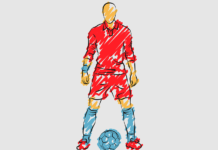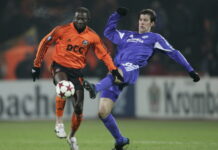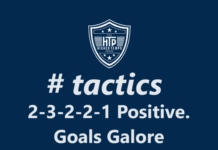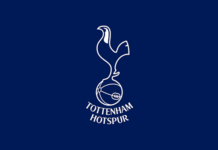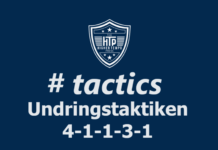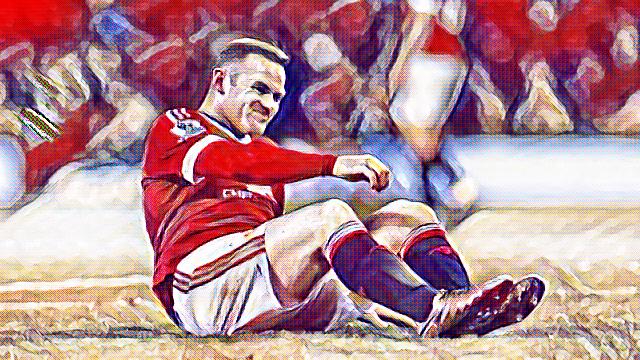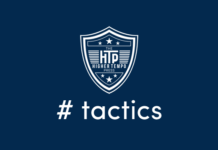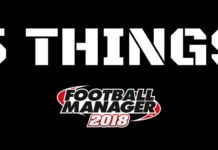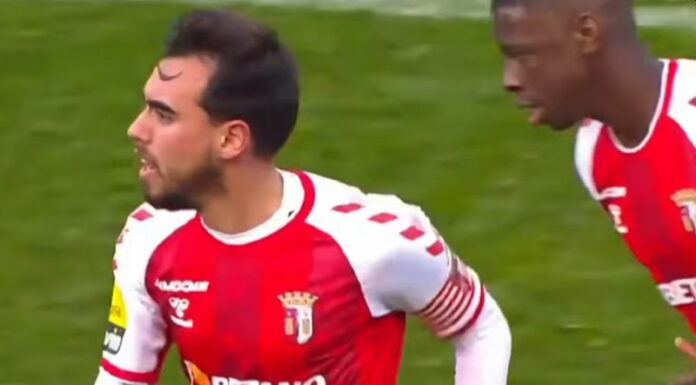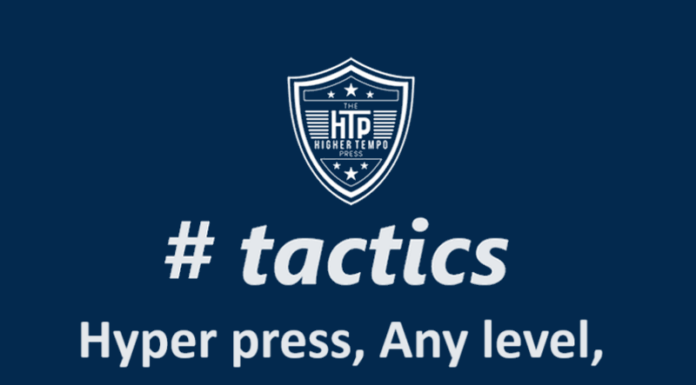In a post (17 Jan 2017) on my Hapoel Ashkelon save I outlined my fitness policy. My thinking is that being at or near the bottom of the injury table makes it easier to finish at or near the top of the league table.
I described one of my fitness principles as follows: ‘Avoid acquiring any players who have been identified as injury prone or who have injury records that indicate that they are’.
Here I’d like to elaborate on that point about injury records.
I think it would be unwise to assume that, just because the scouts haven’t identified a player as injury, he isn’t a serious injury risk. Fortunately the player’s injury record provides additional evidence on this point.
I use the following protocol for assessing injury records.
- Read the record through season-by-season. How much time does the player tend to spend in the treatment room?
- Bear in mind that a succession of short-term injuries can have a bigger effect than might at first seem to be the case, since after even a short break it can take time to get a player back to peak match fitness.
- Distinguish between injuries in training and those incurred on the pitch. Generally, injuries in training might be more worrying, since training is not usually as aggressive as action in competitive fixtures.
- Next look at the nature of the injuries. Some are probably unavoidable — a broken leg in a match can happen to anyone. That said, if a player seems particularly unlucky in this regard, it’s worth checking their attributes. High bravery and aggression, for example, might indicate recklessness.
- Look in particular for two types of outlier: (a) a player with a recurring type of injury – if, for example, ‘knee ligaments’ keeps showing up as an injury, there might be a risk that the problem will occur again; and (b) a player with a large number of disparate injuries. Such a player might be frail or a hypochondriac, perhaps pleased to avoid matches. I call these players ‘Chris Olds’: fans of 1970s-80s English cricket will understand why. I don’t buy Chris Olds.
- Read the injury record in the light of the clubs the player has been at. In particular, check their staff. What’s the standard of physiotherapy and fitness training like? If poor, perhaps discount the injury record somewhat.
Unfortunately, in the leagues I play, scrutiny of the injury record rules out vast numbers of players players I might otherwise consider signing. In fact, it rules out the majority of potential targets. This makes scouting more exacting
But I’d rather that than find I’ve brought in the next Kieron Dyer.


